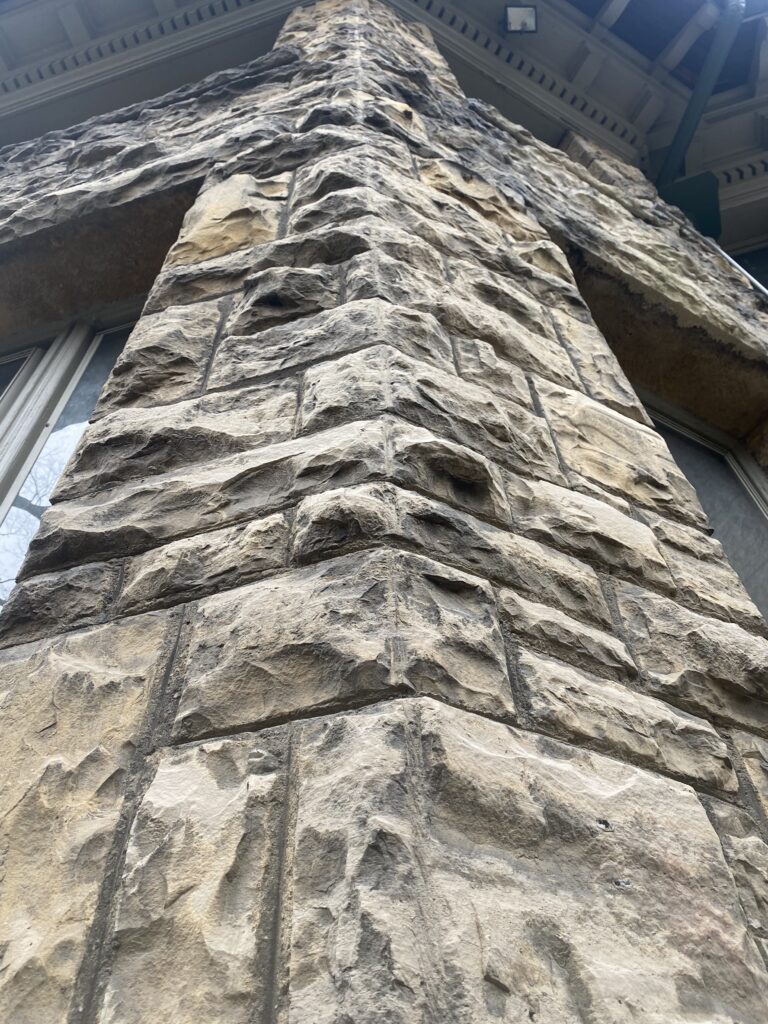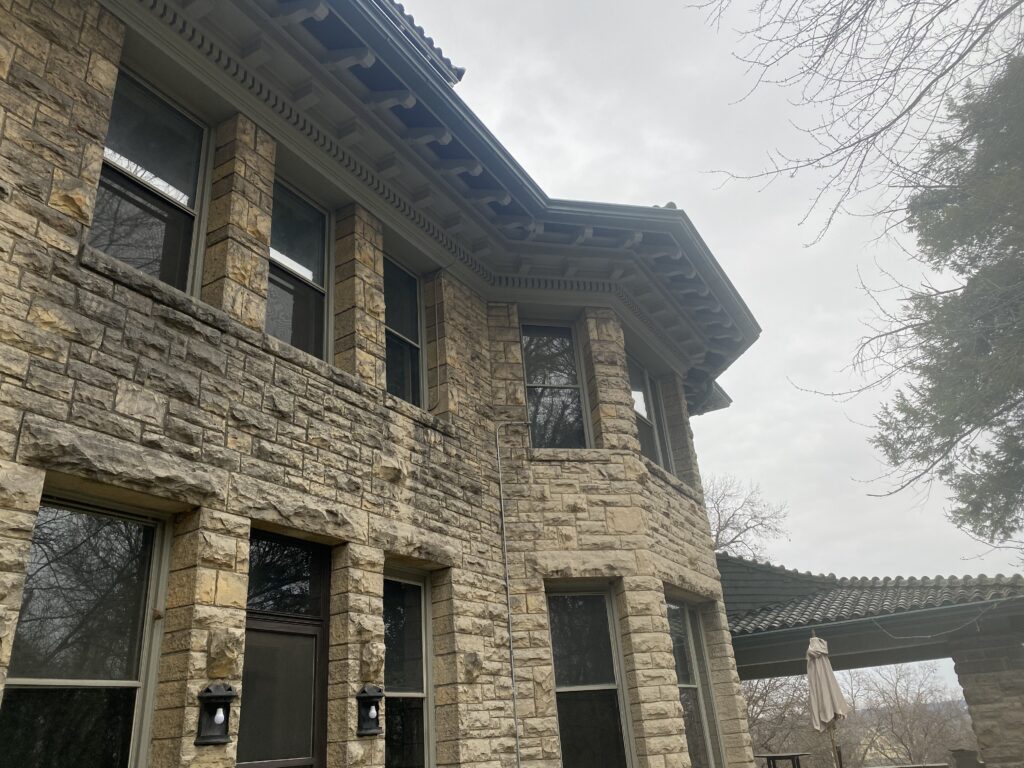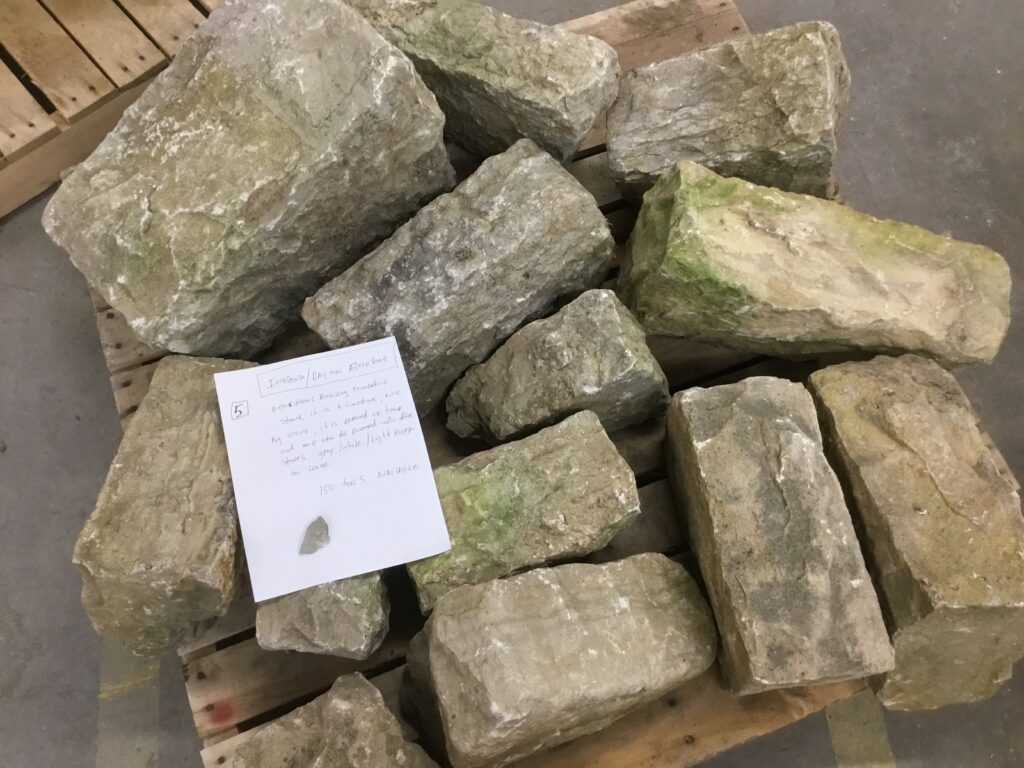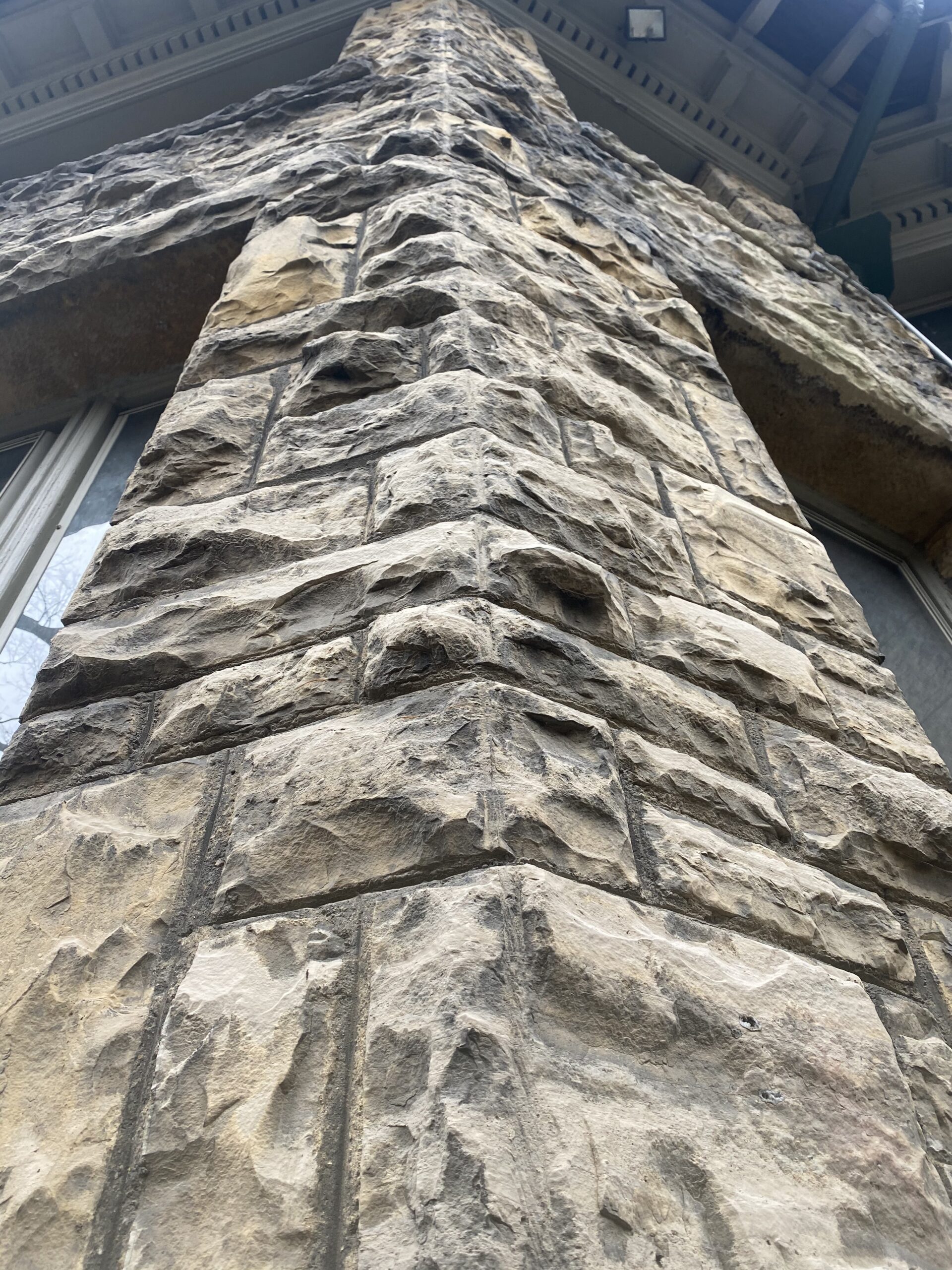In the heart of the Midwest lies a piece of transportation history frozen in time. Imagine walking through the remnants of a manufacturing facility built over a century ago, where the bustling energy of crafting trolley cars for Midwest transport once thrived. This is the story of salvaging dolostone from two unique trolley car manufacturing warehouses constructed between 1895 and 1897.


These warehouses, part of a larger series of buildings covering a sprawling 8-acre ground, were the birthplace of wooden and steel trolley cars. Long before automobiles dominated the streets, these vehicles were the lifeline of regional transportation. The “Cincinnati Chester Parks Workshops” served as the hub where these iconic modes of transit were both manufactured and serviced.
Among the architectural marvels of these historic buildings were the colossal header lintels, massive single sticks of meticulously hand-dressed sandstone, each weighing between 1500 to 2000 pounds. The building’s veneer, an intriguing geological composition sandwiched between sandstone and limestone, boasted a distinctive appearance—originally a light chocolate brown with striking black stripes, mirroring the horizontal bedding planes along which the material could be split open.
What makes this salvaged dolostone so remarkable is its enduring nature. Devoid of fossils and exhibiting an exceptionally tight grain, this stone retains the ability to be dressed even today. Over the passage of time, the sun has worked its magic, transforming the stone’s hue into a warm buff tan color, a testament to its resilience and natural evolution.
Now, in the present day, there exists a treasure trove of history—approximately 400 tons of this storied dolostone, including substantial pieces measuring up to a remarkable 19 inches in thickness. Among these remnants are over a hundred header and sill lintels, adorned with a rich patina that whispers tales of a bygone era. Even the buildings’ footer slabs, fashioned from a bumpy white Dayton limestone, stand as enduring witnesses to the craftsmanship of yesteryears.

Preserving these remnants of history isn’t merely about salvaging stone; it’s about honoring the legacy of innovation, craftsmanship, and transportation that shaped a bygone era. Each piece of salvaged dolostone carries with it not just the weight of its physicality, but a narrative that connects us to a time when trolley cars ruled the streets and these warehouses were the heartbeat of transportation in the Midwest.
As these remnants find new purposes and homes, whether in architectural endeavors or as symbols of historical significance, they stand as reminders of an era when ingenuity and industry converged to redefine the way people moved from place to place. The salvaged dolostone serves as a bridge between the past and the present, inviting us to appreciate and learn from the stories etched within its enduring facade.

